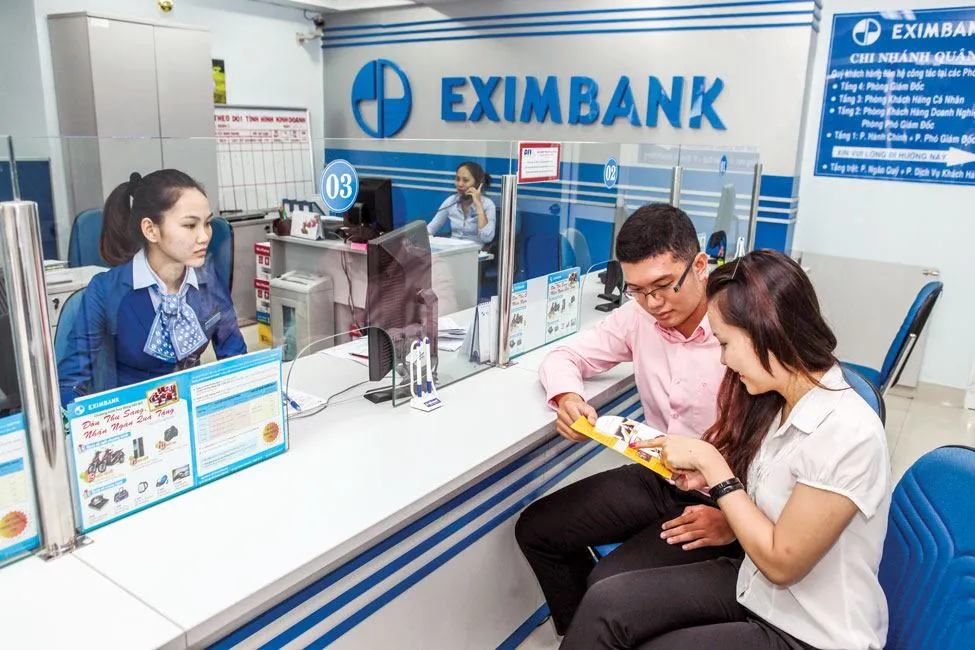
Fight for top spot
On 26 November, Eximbank said it would announce its list of shareholders on 12 December and hold an extraordinary general meeting on 3 March 2020. Although it had announced the planned date of the meeting, there is some doubt whether the bank would organize its General Shareholders Meeting (GSM) after all, because Eximbank has already postponed such meetings several times this year.
First, the bank organized a GSM in late April 2019, but it was not successful and it was rescheduled for May. Three days before the rescheduled meeting was to take place, the bank announced that the meeting would not take place because they were not well-prepared and the meeting was therefore again rescheduled for June. On 21 June, the 2nd GSM saw fewer than 40% shareholders approving the meeting procedures, leaving it to be rescheduled once again. In early November and after two rescheduled attempts, Eximbank said it would not hold another GSM in 2019 but would organize an annual GSM on 22 April 2020. Soon after that, however, the bank said it would have an extraordinary meeting in March 2020 instead.
Actually, Eximbank's failure to hold a GSM as per its schedule has become a common tale in the banking sector, because similar incidents have repeatedly happened since 2015, accompanied by internal fighting for the top position. This was particularly visible in 2015, when it was the end of the term of the existing Board of Directors (BOD) and a new BOD had to be appointed for the 2015-2020 term. Yet even as the planned date of the meeting was nearing, the bank had still not received a written statement from the State Bank of Vietnam (SBV) approving the proposed list of members for BOD and Board of Supervisors for the new term, causing the meeting to be postponed. In 2016, the fight for positions in BOD began in earnest when two groups of shareholders with more than 10% voting shares asked the BOD to increase the number of members, but failed to come to an agreement.
After that, the fight for power position at Eximbank continued until it reached a climax this year. In March 2019, Eximbank BOD issued a resolution to appoint Ms. Luong Thi Cam Tu as BOD Chairwoman. However, the former BOD Chairman, Mr. Le Minh Quoc filed a complaint, asking the People’s Court of Ho Chi Minh City to take urgent measures to temporarily suspend the resolution to appoint Ms. Tu as BOD Chairwoman. On 22 May, Eximbank’s BOD issued a resolution to appoint Mr. Cao Xuan Ninh, another BOD member, to the position of Eximbank BOD Chairman for a sixth term (2015-2020). However, in July 2019, Mr. Ninh surprisingly submitted his letter of resignation.
Big brand going downhill
When the tussle for top spot began, Eximbank was being rocked all the way. However, the downhill slide at Eximbank did not start in 2015 but it had actually begun in 2012 when Eximbank “attacked” Sacombank by quietly buying its shares when the price was low with Eximbank holding more than 51% of Sacombank shares, and asking for reappointment of the entire BOD and Board of Supervisors at Sacombank. After a series of disruptions, and rumor of a merger, Eximbank began to fall rapidly. The bank repeatedly failed to complete its plan for the year 2013 and failed in several of its goals in the year 2014. Thereafter, Eximbank began its steady downhill journey from being among top five commercial banks in Vietnam with vast property worth thousands of billion dong to its current status of uncertainty.
At its peak in 2011 Eximbank showed gross profit of VND 5,304 bn and a net profit of VND 3,039 bn, but by 2015, its total property shrank by 22.5% due to considerable reduction of number of deposits from other credit institutions, plunging from VND 41,043 bn in previous year to just VND 7,933 bn. Eximbank withdrew its deposits at other CIs, from VND 39,463 bn in 2014 to VND 7,833 bn in 2015, with before tax profits estimated to be about VND 720 bn. Eximbank then aimed to reduce a series of goals in terms of total property, raise capital, balance credit and plan profits at just VND 400 bn. That year, however, the bank could make a before tax profit of only VND 390 bn.
During its three-year reign of Chairman Le Minh Quoc, its credit business section fell negatively. Gross profits before extracting risk management funds exceeded only VND one billion. Particularly, in the three-year period from 2016 to 2018, it reached VND 1,480 bn, VND 1,622 bn and VND 1,551 bn, respectively. In 2017, however, the profits mainly came from capital withdrawal from Sacombank. With this amount subtracted, the before tax profit after extracting risk management fund was just over VND 19 bn. In early 2018, the leaders at the bank said that 2017 was the first year after three or four years that Eximbank could show profit of over VND one billion, hence the bank could aim to increase its market share in coming years.
Yet this is easier said than done. In early 2018, there was an incident where there was an “evaporation” of deposits of Ms. Chu Thi Binh and some other unfortunate incidents in Nghe An Province that rocked the market. That year, Eximbank had to extract up to VND 390 bn from risk management funds to sustain itself. Together with an additional extract of VND 514 bn for bond risk management, the bank suffered a serious loss in the fourth quarter of 2018. Particularly, after this extract for risk management, the bank’s total profit dropped to VND 827 bn, reaching just 51.7% of the planned profit for 2018. Over the past nine months, Eximbank has been consigned to oblivion, except for some disruptive information coming out of there over infighting for top position.




















